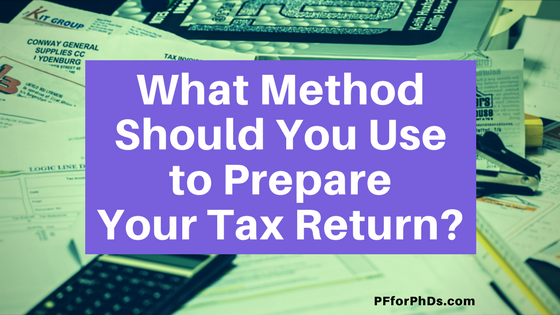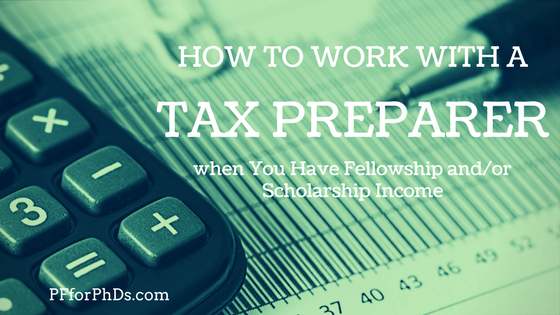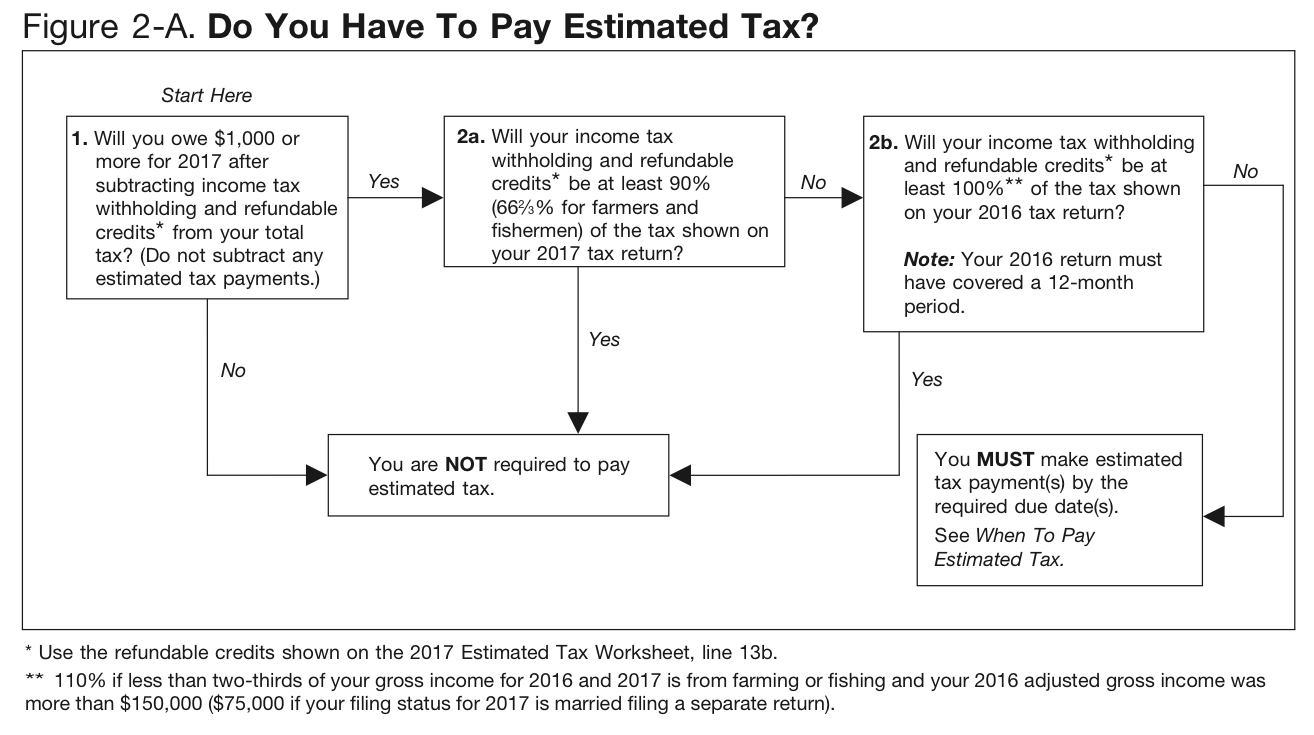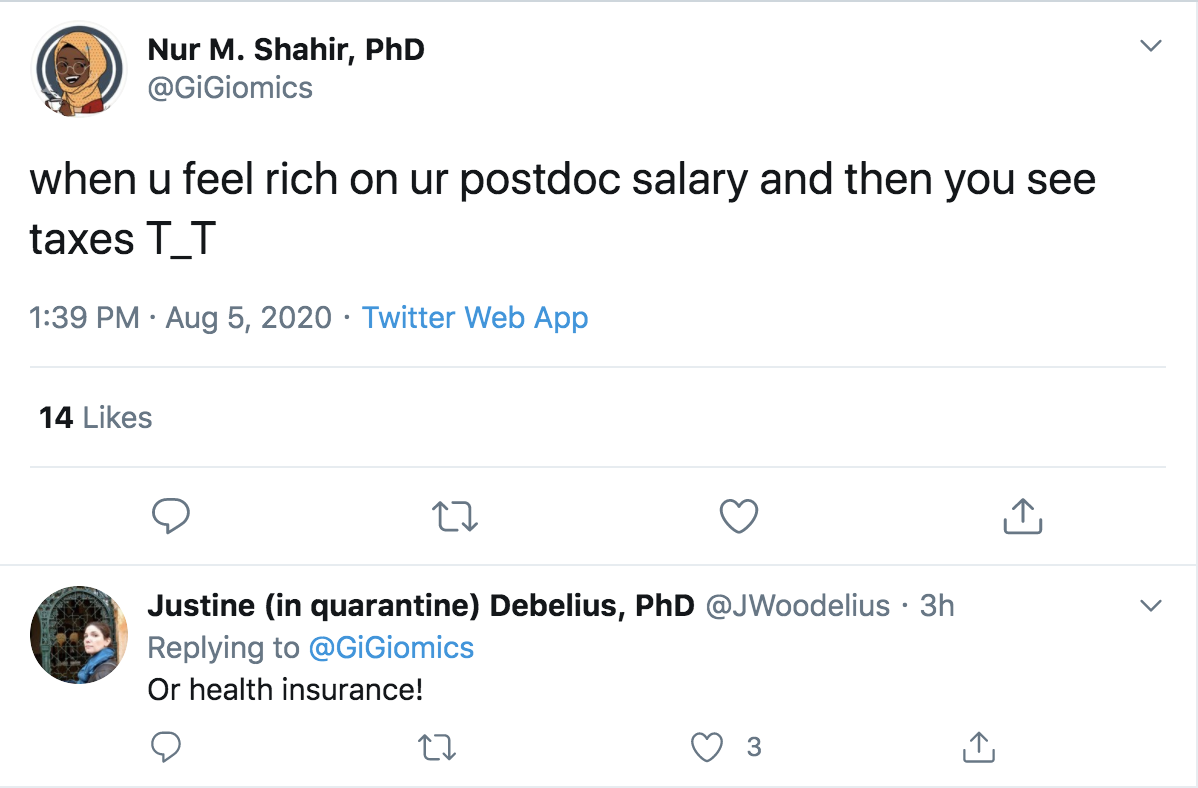You’ve just received your tax refund for the year and it’s burning a hole in your pocket! Whether your tax refund is a couple hundred or a few thousand dollars, there are many possibilities for the money that can further your financial goals and increase your life satisfaction.
Fund Your Upcoming Cash Needs
Before you consider investing or paying down debt with your tax refund, I want you to think about your upcoming year and ask yourself how much cash you should have on hand.
Is your emergency fund a bit anemic? Do you want to make any large purchases in the next year but are not sure yet how you will pay for them? Are you coming up on an employment transition, during which it is very helpful to have cash on hand? Are you facing an un/under-funded summer or term? A yes answer to any of these questions is an indication that you should use your tax refund to beef up your cash savings.
I particularly like the idea of using a tax refund to jump-start a system of targeted savings accounts. I think targeted savings accounts are an amazing solution to the problem of irregular expenses. The really difficult part about implementing them is that at the beginning you both have to cash flow your current large irregular expenses and save up for future ones. That can put a big strain on your budget. But if you use your tax refund as the start to your targeted savings accounts, you can make the process a bit easier.
Further Reading: Targeted Savings Accounts for Irregular Expenses
Grow Your Wealth
If you have sufficient cash flow and/or savings for all your desired purchases in the upcoming year, it’s time to consider using your tax refund to increase your net worth. With a sizeable lump sum, you can make a big leap forward with any of your current financial goals.
If you currently have any bothersome debt, throw your tax return at your top priority debt. Following the debt avalanche method, you would prioritize paying down your smallest debt first. How amazing would it be to eliminate one debt completely with your tax refund! Following the debt avalanche method, you would prioritize paying down your highest interest rate debt first. This is the debt that costs you the most on a daily basis.
Further Reading: Options for Paying Down Debt during Grad School
If you are currently saving for retirement or would like to start, you can make a lump sum contribution to an Individual Retirement Arrangement (IRA). (You can also increase your contribution to a workplace-based retirement account, but that involves more paperwork.) If you receive your tax refund before tax day, you can even contribute to last year’s IRA if you still have contribution room!
Further Reading: Why You Should Contribute to Last Year’s Roth IRA
There are other possible savings/investment goals that you can use your tax refund for, such as taxable investments, a down payment for a home, and a 529 account.
Free Email Course: Investing for Early-Career PhDs
Sign up for the mailing list to receive the free 10,000-word email course designed for graduate students, postdocs, and PhDs in their first Real Jobs.
Invest in Your Success
Another way to invest your tax refund is in your own personal or career development. I know this is an unfamiliar concept for many PhDs, so hear me out!
As far as personal development goes, you could put part of your tax refund toward receiving coaching. I offer financial coaching, and some of my colleagues in the Self-Employed PhD network offer other types. For example, Katy Peplin offers grad student wellness and productivity coaching and a membership community and Caitlin Faas offers productivity coaching. And these examples are only the tip of the iceberg when it comes to personal development!
I also am launching a video course on investing for early career PhDs next month. If you sign up during the pre-launch period, your receive a discount and a free Q&A call with me once the course.
Another great investment would be in your career. You can explore career options outside of academia through Beyond the Professoriate, a new membership site from Jen Polk and Maren Wood. Jen also offers career coaching. If you’re currently applying for jobs or gearing up for it, Heidi Giusto offers application consulting services. Attending a conference to expand your network and horizons is another perfect use for your tax refund.
Live a Little
You know what they say about all work and no play… If you don’t have any pressing financial goals, why not do something fun with your tax refund? Sometimes you look at a lump sum of discretionary money differently from a small amount each month.
Could you take a vacation (or staycation)? Have you been eyeing a certain purchase? Do you want to upgrade your wardrobe or home furnishings? How about making a donation?
Change Your W-4
This last idea is not about what to do with your tax refund but rather what to do about your tax refund.
Did you like receiving a refund or would you rather keep more cash from your paycheck each month? If 2018 looks similar to 2017 for you financially, you’re probably on track to receive another refund.
If you’d rather receive a smaller refund or maybe even owe a little at year end, you can file another W-4 with your employer. You can fill out the worksheet again that helps you estimate the number of allowances you should have and hope that it is more accurate this time around. Alternatively, if you want to dig into the numbers more, you can calculate the amount of money you would like to have withheld from each paycheck and then figure out the number of allowances to claim to get to that amount of withholding.
That way, next year you can have your preference: a nice refund at tax time or more money in your pocket throughout the year!
How My Husband and I Are Using Our Tax Refund
This year, my husband and I are using our tax “refund” (technically it’s the amount of money we oversaved for taxes in our own dedicated savings account) for an upcoming cash need.
I’m due with our second child in a few months. My husband’s employer offers parental leave at half pay, so we’re saving up to help pay for our expenses during his leave since we’ll have lower cash flow. We haven’t yet learned how much time he’ll be approved to take off, so we’re squirreling away as much cash as we can in case he’s permitted to take a longer leave. We don’t want money to be the limiting factor driving him back to work.
It’s a very happy purpose for this money, and I’m looking forward to having some special time as a newly expanded family!












